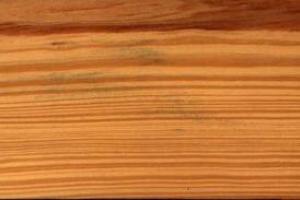Risk Tool
Caribbean pine Pinus caribaea
Also know as: Caribbean pitch pine, Cuban pine, Honduran yellow pine, Honduras pine, Nicaragua pine, pitch pine, slash pine, pine jaune, pin mate, karibische kiefer, ocote blanco, pino Amarillo, pino caribaea de Honduras, pino Colorado, pino Cubano, pino de cuaba, pino de la costa, pino macho, msidano


Pinus caribaea, commonly known as Caribbean pine, is a coniferous tree native to the Bahamas, Belize, Colombia, El Salvador, Cuba, Guatemala, Honduras, Mexico, Nicaragua, Turks and Caicos Islands, and Panama. It has been introduced in many tropical and sub-tropical countries and can be found in its introduced range both as a species growing in natural forests and as a plantation tree. Individual trees typically grow to 20-35m in height, but can reach 45m, and have slender trunks and branches.
Caribbean pine wood is used for pulpwood production, which in turn, is used for particleboard, fiberboard, and chipboard. It produces large amounts of resin, which is used to manufacture gum resin, turpentine, and heavy oils in large quantities in some countries, such as Sri Lanka. Its IUCN Red List status is “lower risk/least concern.”
Species Details
P. caribaea is not CITES listed and at time of research, is not subject to international or national trade bans or restrictions.